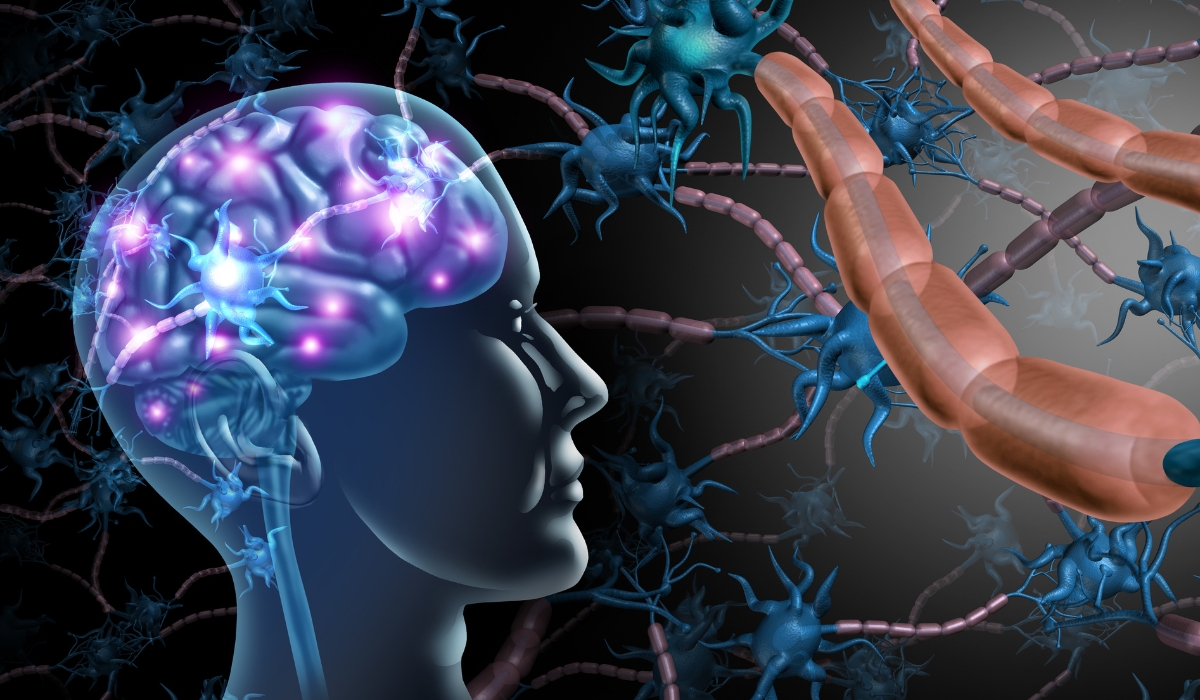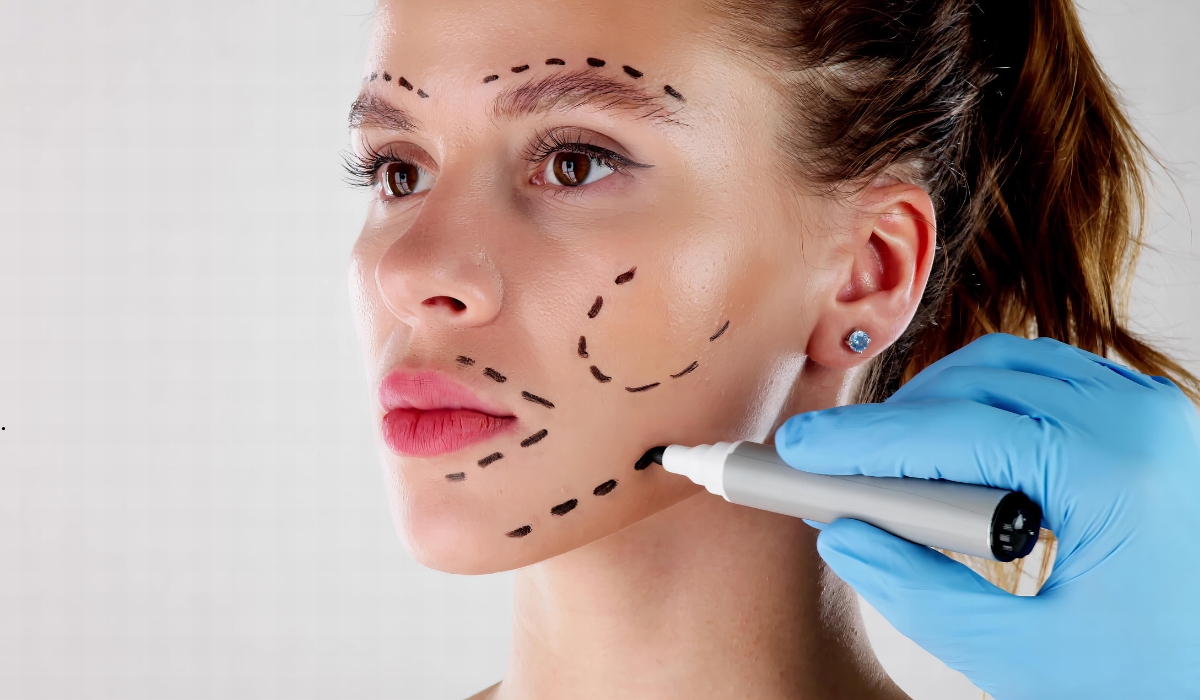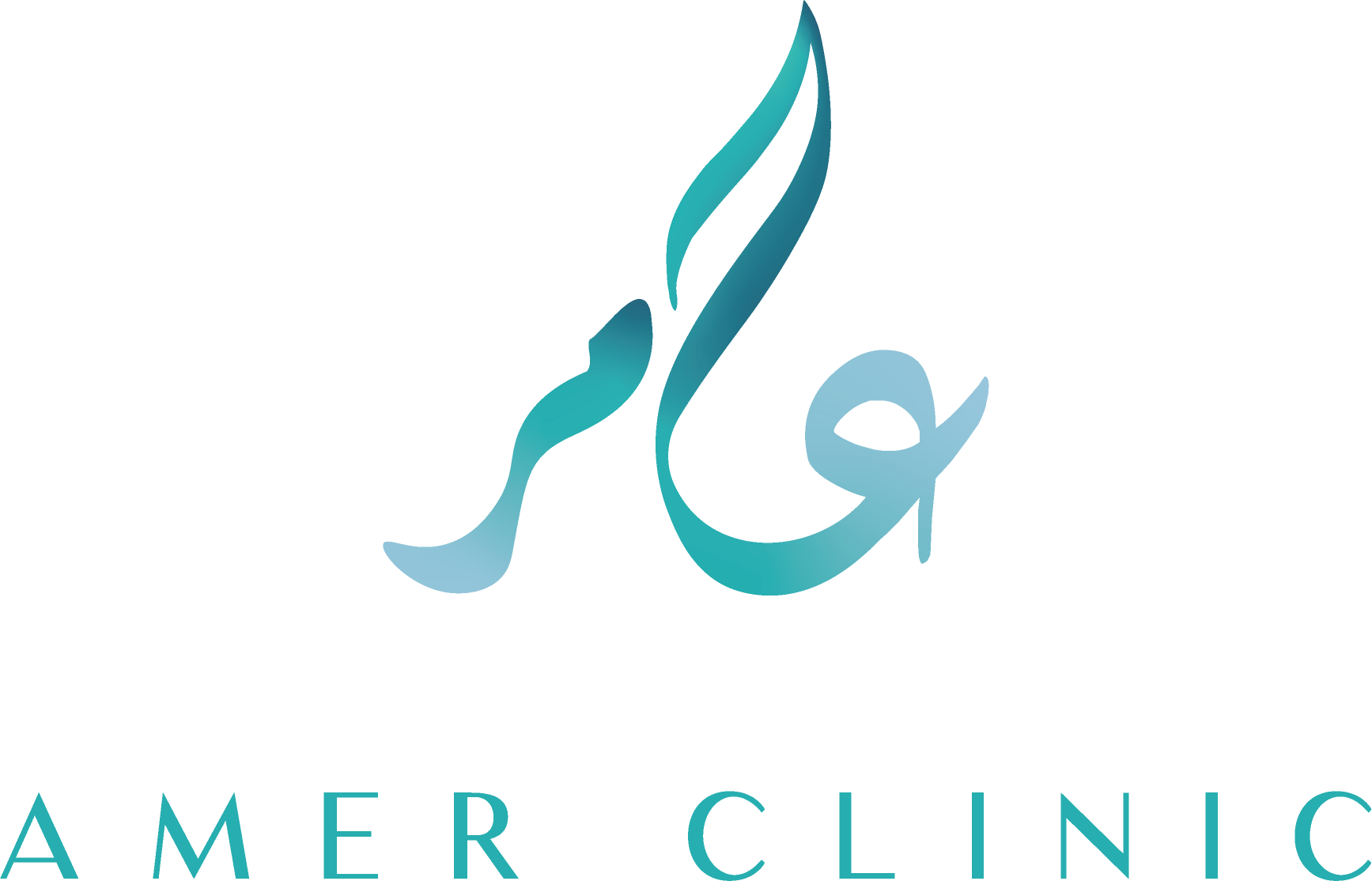
Table of Content
-
Understanding Facial Synkinesis
-
About Dr. Tarek Amer and Amer Facial Paralysis Center
-
What Is Facial Synkinesis? Mechanisms & Causes
-
Clinical Presentation & Impact on Patients
-
Diagnosis & Assessment Techniques
-
Non-Surgical Treatment Strategies
-
Surgical Management of Facial Synkinesis
-
Dr. Amer’s Comprehensive Treatment Approach
-
Research, Rehabilitation & Long-Term Monitoring
-
Why Choose Dr. Tarek Amer?
-
Conclusion
-
References & External Resources
Understanding Facial Synkinesis

Facial synkinesis is an involuntary and often distressing condition where unintended facial muscle movements occur alongside voluntary ones—like the eye closing when smiling or the mouth twitching during eye closure. It’s common following facial nerve injuries such as Bell’s palsy, trauma, or surgery. Beyond physical discomfort, synkinesis can profoundly affect self-esteem, social interaction, and quality of life
With advances in plastic surgery and microsurgical techniques, many specialists now offer hope to synkinesis sufferers—meticulously retraining or even surgically correcting abnormal nerve pathways.
About Dr. Tarek Amer and Amer Facial Paralysis Center
Dr. Tarek Amer, Professor of Plastic and Microsurgery at Cairo University (Kasr El Aini Faculty of Medicine), is a trailblazer in facial nerve and microsurgery in the Middle East since 2000. He received his Master’s and Doctorate from the same institution and further trained internationally at:
-
Royal College of Plastic Surgeons in Ireland
-
Queen Mary Hospital
-
Chang Gung University in Taiwan
Amer Facial Paralysis Center is Dr. Amer’s vision—a multidisciplinary hub merging cutting-edge research, advanced surgical techniques, and compassionate care to restore function and confidence to those affected by facial nerve disorders.
What Is Facial Synkinesis? Mechanisms & Causes
Synkinesis stems from misdirected facial nerve regeneration—known as aberrant nerve regrowth. As injured nerve fibers regrow, they may mistakenly connect to unintended muscles, causing simultaneous contractions during voluntary motion.
Additional mechanisms may include interneuronal ephaptic transmission and nuclear hyperexcitability—but aberrant regeneration remains the most recognized cause.
Common scenarios leading to synkinesis include:
-
Bell’s palsy
-
Ramsay Hunt Syndrome
-
Tumor or trauma-related nerve injury and repair
-
Post-surgical facial nerve regeneration
Clinical Presentation & Impact on Patients
Patients often present with:
-
Eye closing paradoxically during smiling
-
Cheek twitching when blinking
-
Chin dimpling or neck tightness when closing eyes
-
Facial tightness or fatigue, especially on the affected side
-
Deepened nasolabial fold and asymmetrical expression
These physical symptoms often carry emotional weight, contributing to social anxiety, loss of confidence, and psychological trauma.
Diagnosis & Assessment Techniques
Diagnosis typically involves:
-
Detailed clinical examination assessing involuntary movement patterns
-
Electromyographic (EMG) studies to detect aberrant muscle activation and miswiring
-
Grading scales such as House–Brackmann or eFACE to measure functional deficits and monitor outcomes
Non-Surgical Treatment Strategies
6.1 Neuromuscular Retraining (Physical Therapy)
Tailored facial exercises help retrain the brain and muscles to suppress unintended movements while enhancing voluntary control. Techniques include mirror therapy, neuromuscular retraining, and mime therapy—using massage, stretching, and facial coordination exercises.
6.2 Biofeedback & Electromyographic Feedback
Patients learn to modulate muscle activity through real-time visual or auditory feedback, enabling precise control and reducing synkinetic activity.
6.3 Botox (Botulinum Toxin)
Botox injections help weaken hyperactive muscles, reducing involuntary movements. Common targets include orbicularis oculi, DAO, platysma, and muscles causing chin dimpling. Botox often restores symmetry temporarily, requiring periodic treatment every 3–4 months. It also effectively addresses crocodile tears (gustatory hyperlacrimation) when injected into the lacrimal gland
Surgical Management of Facial Synkinesis
When conservative methods aren’t enough, surgery may be necessary:
7.1 Selective Neurolysis / Neurectomy
Targeted removal or release of problematic nerve branches causing synkinesis can restore functional movement—such as preserving key smile nerves while ablating buccal or cervical branches. The procedure often yields long-lasting improvement in smile function and reduces Botox dependence.
7.2 Selective Myectomy
This more permanent option involves removing hyperactive muscles contributing to synkinesis—like platysma, DAO, or DLI. While effective, it is irreversible and used selectively.
7.3 Nerve Transfers & Muscle Transplants
-
Cross-facial nerve grafting, masseteric, or hypoglossal nerve transfers – reroute healthy nerves to reinnervate paralyzed muscles.
-
Free gracilis muscle transfer (FGMT) – transplanting thigh muscle to restore smile dynamics in severe paralysis. Used selectively in synkinesis cases.
Dr. Amer’s Comprehensive Treatment Approach
Dr. Tarek Amer’s protocol blends the best of both worlds:
-
Botox Injections: To relax overactive muscles and improve facial symmetry.
-
Neuromuscular Retraining: Personalized therapy to re-coordinate facial movement.
-
Selective Neurolysis & Dynamic Reconstruction: Advanced microsurgical release and reanimation when conservative treatments fall short.
-
Dynamic Muscle Transfers: Using techniques like free gracilis flaps for restoring complex expressions.
What sets Dr. Amer apart is his fusion of global surgical expertise with caring, patient-specific planning—always aiming to restore life to the patient, not just the face.
Research, Rehabilitation & Long-Term Monitoring
Dr. Amer remains at the forefront of research, publishing extensively in international journals and presenting at global conferences. His center supports multidisciplinary care—combining neurology, physical therapy, psychology, and surgery—for long-term outcomes and follow-up monitoring.
Why Choose Dr. Tarek Amer?
-
Unmatched Expertise: Pioneer in the Middle East for facial nerve surgery since 2000.
-
Global Training: Fellowships in Ireland, Taiwan, and advanced microsurgery programs.
-
Research-Oriented Practice: A robust publication record and international presentations.
-
Holistic Patient Care: Tailored rehabilitation combining physical, emotional, and surgical care.
-
Patient-Centered Philosophy: His personal motto: “The goal isn’t just to restore the face—it’s to restore life.
Conclusion & Call to Action
Facial synkinesis may feel like an unending challenge—but with knowledgeable, innovative care, restoration is within reach. Dr. Tarek Amer and the Amer Facial Paralysis Center offer a beacon of hope, combining surgical excellence with compassionate, personalized rehabilitation.
If involuntary facial movements are impacting your life, you’re not alone—and help is available.
Contact Dr. Tarek Amer today to schedule an evaluation and start reclaiming both your facial harmony and your confidence.
Take the First Step Toward Restoring Confidence and Function
Don’t let facial synkinesis hold you back from living life to the fullest. With Dr. Tarek Amer, a world-leading expert in facial nerve surgery, you have access to the most advanced treatments and compassionate care tailored to your unique needs.
Contact the Amer Facial Paralysis Center today to schedule your consultation and explore personalized solutions for recovery.
Book Your Appointment
Amer Facial Paralysis Center – Restoring movement, harmony, and confidence.
References & External Resources
-
UNC Medical Center’s Fac ial Synkinesis overview & treatment options UNC School of Medicine
-
Clinical study on selective neurectomy for synkinesis PubMed
